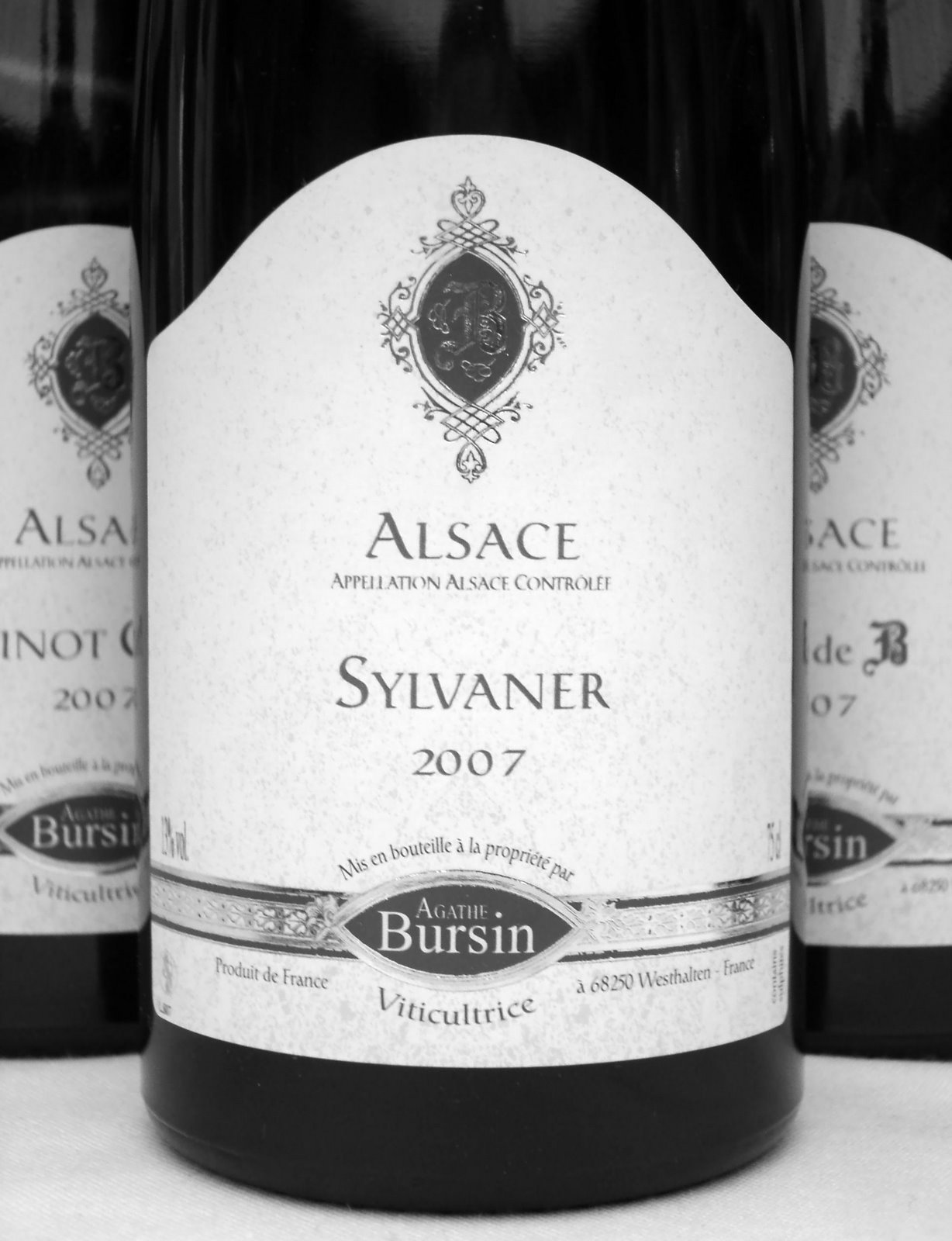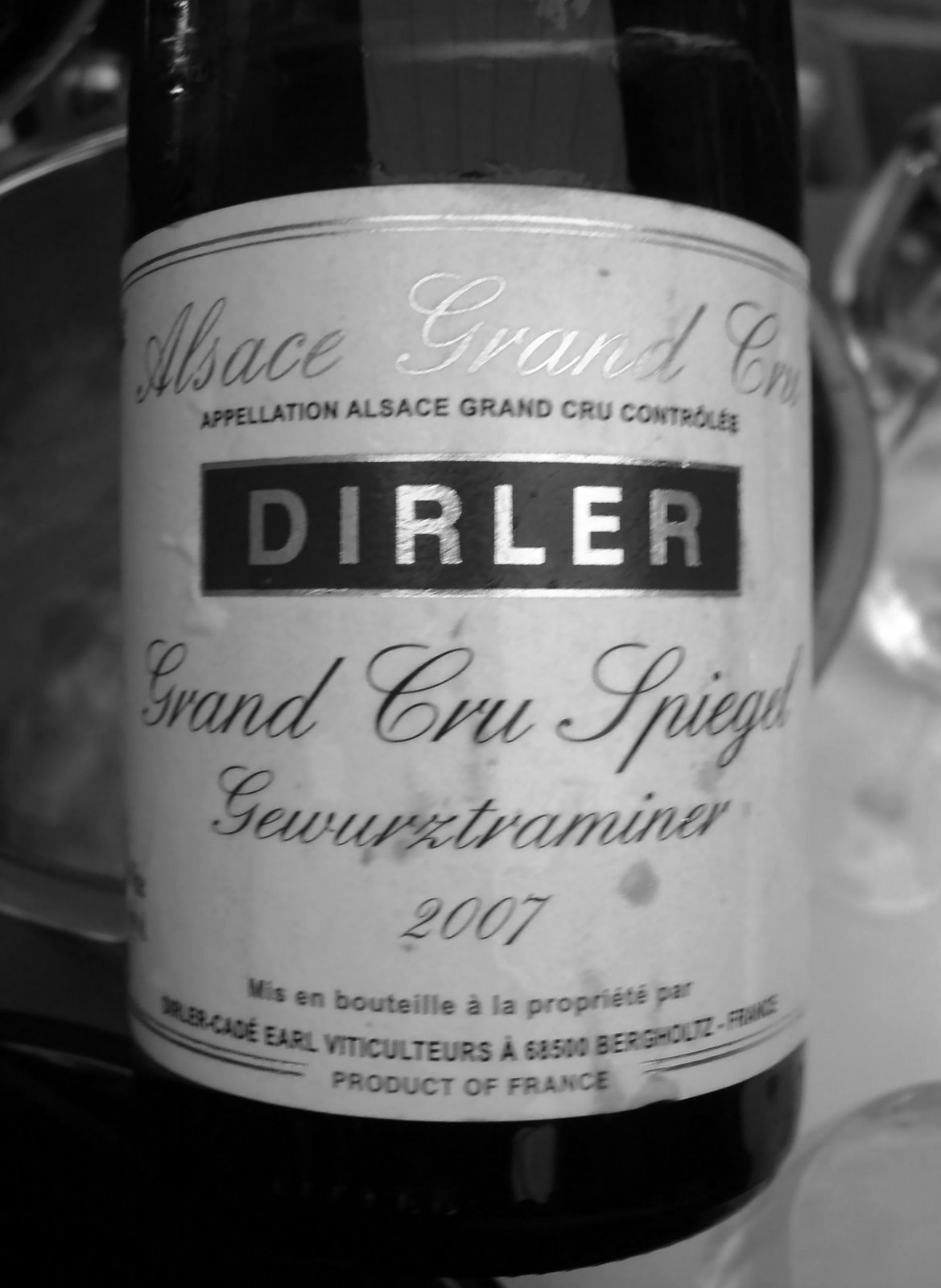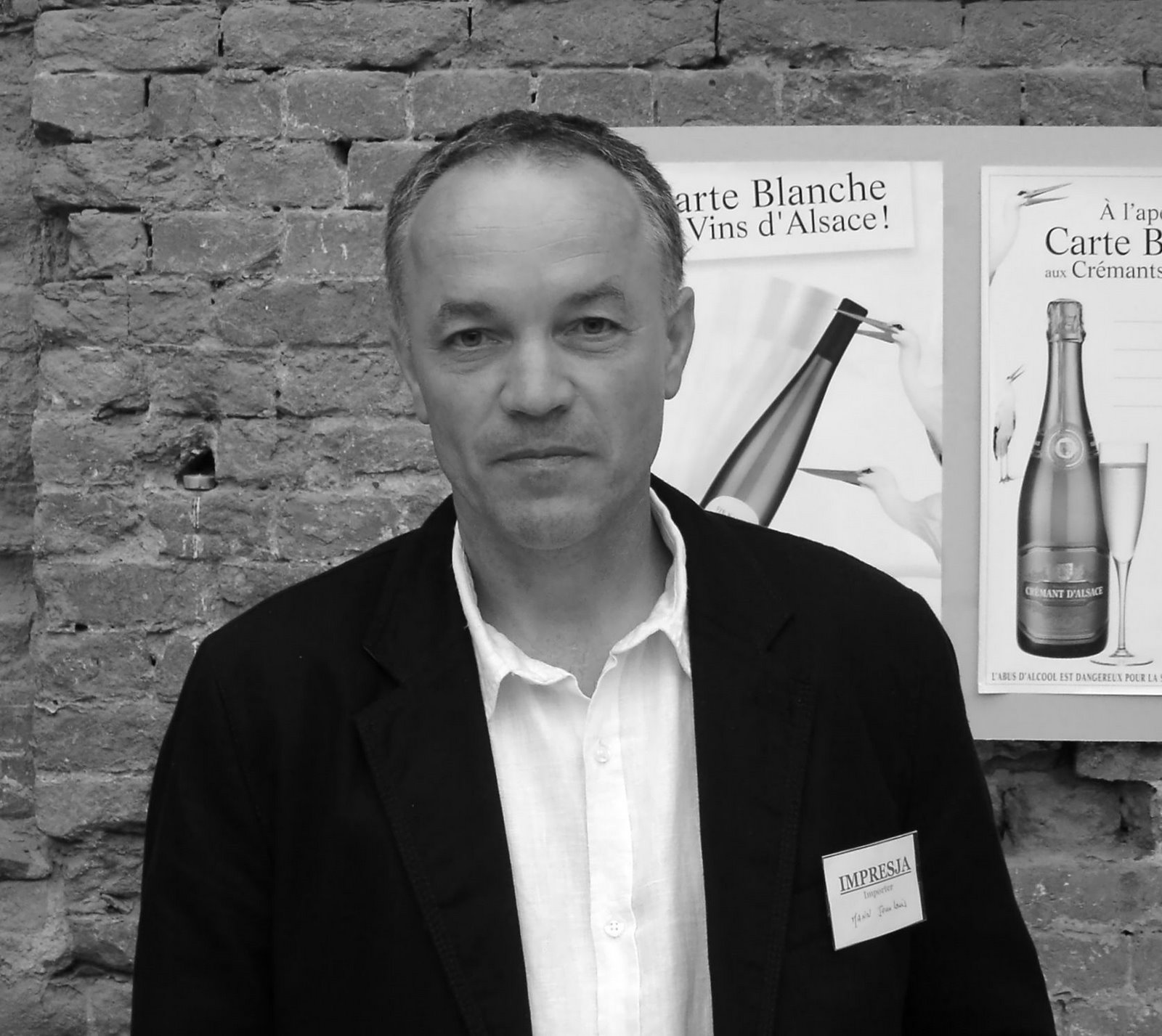Love and hate in Alsace
Posted on 9 July 2009

From my three previous blog entries on the wines of Alsace, one was enthusiastic but two (here and here) were mixed. A proportion representative of the many problems this fascinating wine region is experiencing. At best, its white wines can be thrilling, reaching the heights of both sensuality and minerality. But it is hard to forget the problems. The quality is very uneven, there’s an ocean of poor wine made by underperforming co-ops and large négociants from ill-located flat vineyards, the grands crus (selected vineyard sites where you expect top quality) are too many and too large, and there’s a complete chaos about which wines are dry and which are sweet – you can only find out after you open the bottle, as there is a remarkable resistance from growers to put this info on the label.
Alsace is also a region of hard-working and forward-looking people, so there’s hope these problems will eventually be solved. It helps, however, to acknowledge them. Last week’s tasting of Alsace wines in Warsaw started with a preposterous lecture by an local enologist who pictured Alsace as the best region in the world full stop. “We offer the most comprehensive range of wines of any wine region” (he forgot to mention there’s nearly no red); “other wine producers in the world can only envy our quality”.
I wouldn’t know about producers but the consumer in me wasn’t feeling envious. It was sad and upsetting to taste dull supermarket plonk such as Pierre Sparr or Jean-Baptiste Adam, or vastly underperforming 12€ bottles such as the Marcel Deiss Riesling 2007 or the Trimbach Riesling 2007 (two great estates that should really be delivering more in their basic range). It was all the more ironic to hear about other regions “envying” Alsace after the brilliant performance of German Riesling at the very same venue two weeks before (see my article here).
Yes, there were some good wines. Laurent Barth is a small estate whose Muscat 2007 caught my attention a while ago; the Riesling Récoltes Nomades d’Éguisheim 2007 (name hinting at a vintage of purchased grapes after 100% of the estate was ravaged by hail) was a fine example of this young man’s clean, acid-driven style. Agathe Bursin is another youngster with no website but plenty of energy. Some of her wines err on the sweet side (including the interestingly honeyed-vegetal Sylvaner 2007); all have good varietal character (Pinot Gris 2007) and personality, and I look forward to trying her grands crus. Fine performance as always from Domaines Schlumberger, perhaps the most reliable of Alsace’s large estates: the Riesling Les Princes Abbés 2005 was pretty fine for a 4-year-old basic cuvée while the Pinot Gris Kitterlé 2005 had a brilliant citrusy drive for the variety. There were no great wines but reliability and excellent value across the range at Meyer-Fonné including a serious Crémant d’Alsace Brut Extra, a deep and substantial Pinot Blanc Vieilles Vignes 2007 and a rich but balanced Pinot Gris Hintenburg de Katzenthal 2006. And one memorable bottle came from Domaine Dirler-Cadé, whose Spiegel 2007 was the best Gewurztraminer of the day.
And I made one discovery that made me forget all the bad wines. Jean-Louis Mann belonged to the Wolfberger co-op until 1998 when he decided to bottle on his own. He’s soft-spoken, passionate and meticulous, and he represents the best of modern Alsace (Génération Terroir – the slogan on his bottles – sums it up well). Viticulture is organic, there is never any chaptalisation or added yeast. Very slow pressing results in wine that have an added layer of depth and texture. Even the humble Sylvaner Vieilles Vignes 2007 or Pinot Blanc 2007 have above-average minerality and expression. In the middle range I particularly liked the latish-harvest Riesling and Pinot Gris 2006 from the Steinweg cru, both labelled Cuvée Fabienne & Jean-Louis. With around 12g of residual sugar they don’t really taste sweet but have good weight and power to accompany heftier foods. The Gewurztraminer Pfersigberg 2005 is a very good grand cru, avoiding overripeness and balancing the varietal larger-than-life peachy fruit with extract and minerality (despite my impression of Traminer not really being Mann’s preferred grape). If only all Alsatian domaines worked this hard, it would really be enviable.






